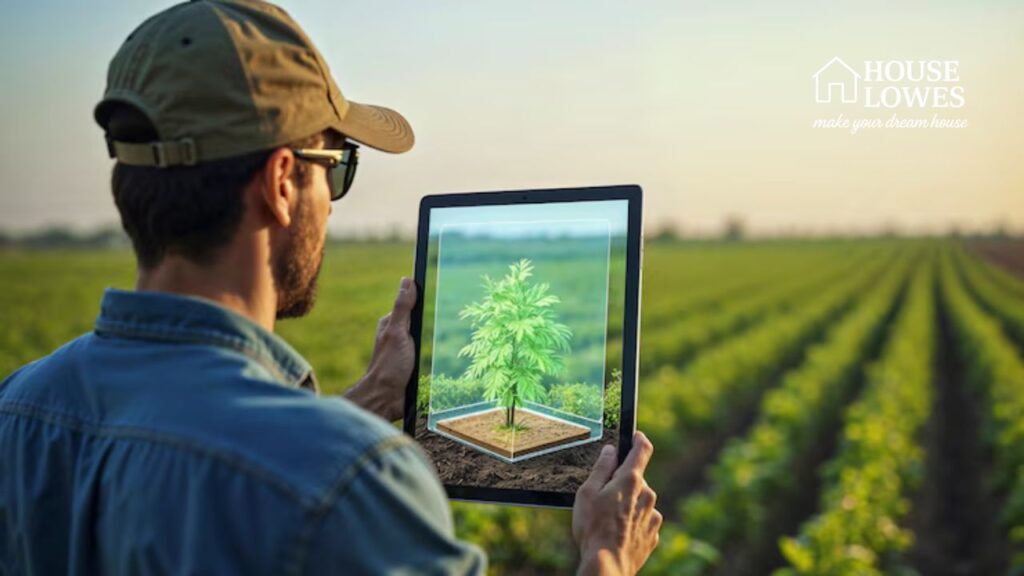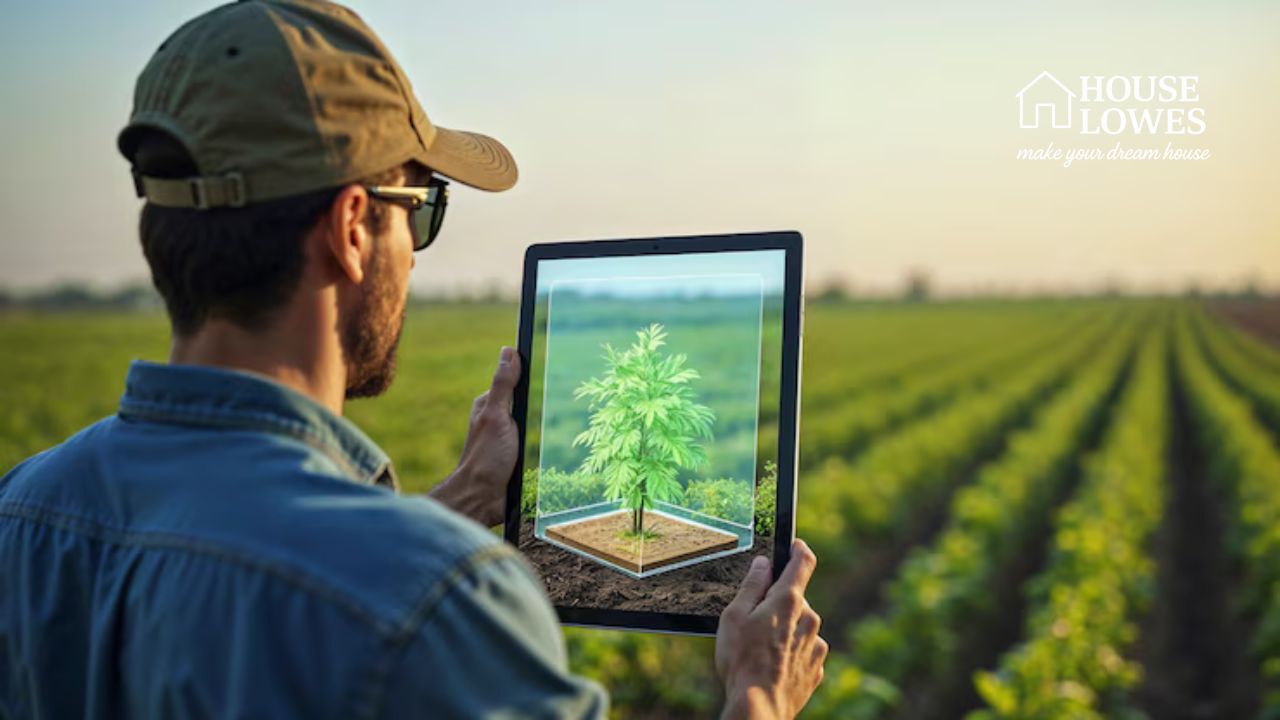Terrace farming is an agricultural practice with deep historical roots and significant implications in human geography. This method not only transforms steep landscapes into bountiful farmland but also plays a pivotal role in environmental sustainability. Understanding terrace farming within the context of AP Human Geography allows students to explore its cultural, economic, and ecological impacts.

What Is Terrace Farming? (AP Human Geography Definition)
Terrace farming involves carving flat areas, or terraces, into hilly or mountainous terrain to create level planting ground. This method reduces soil erosion, maximizes water retention, and makes it possible to grow crops on steep landscapes. The ap human geography definition of terrace farming underscores how humans adapt their environment for agricultural purposes in response to geographic challenges.
Summary Table
| Aspect | Details |
|---|---|
| Definition | Flattened steps created on hillsides for farming purposes. |
| Cultural Significance | Historical ties to ancient civilizations like the Incas and Chinese. |
| Economic Benefits | Provides food security and boosts rural economies. |
| Environmental Impacts | Controls soil erosion and conserves water. |
| Regions Where Used | Asia (China, Philippines), South America (Peru), East Africa. |
The Origins and History of Terrace Farming
Terrace farming has its origins in some of the world’s earliest agricultural civilizations. For example, the ancient Incans carved terraces into the Andes Mountains, creating the famous stepped landscapes of Machu Picchu. Similarly, farmers in China created intricate rice terraces in regions like Yunnan, essential for growing staple crops in hilly areas.
This historical practice illustrates the ingenuity of early societies in reshaping their environments to meet food production needs. Their efforts are a testament to how people across time have adapted their geographic settings to sustain growing populations.
Terrace Farming and AP Human Geography
Within the field of AP Human Geography, terrace farming is an excellent illustration of human-environment interaction. It demonstrates how people overcome natural barriers and modify landscapes to benefit agriculture. The practice provides insights into topics such as sustainability, cultural diffusion, and agricultural practices, which are central to the course.
Key AP Human Geography Concepts:
- Environmental Determinism
The physical environment shapes human behavior. Steep terrains led to innovations like terraces to make farming viable. - Possibilism
Terrace farming proves that while the environment presents challenges, humans innovate to exploit available resources. - Sustainability
Terrace farming models sustainable agriculture by conserving resources such as soil and water.
How Terrace Farming Impacts the Environment
Terrace farming has profound environmental consequences. While the benefits are numerous, the practice must be implemented responsibly to avoid adverse outcomes.
Benefits
- Prevention of Soil Erosion
By slowing water runoff, terraces prevent the washing away of fertile soil, which is a common problem in hilly agricultural regions. - Water Conservation
Water collects in the flat terraces, reducing wastage. This is crucial in areas with inconsistent rainfall patterns. - Biodiversity Preservation
Terraced landscapes often support diverse plant species, which stabilize the ecosystem.
Potential Challenges
- Land Degradation
Poorly maintained terraces can lead to landslides, ruining not only farms but also natural habitats. - High Labor Demands
Constructing and maintaining terraces requires significant time, effort, and sometimes cost.
Terrace Farming in Modern Times
Today, terrace farming remains a lifeline for millions of farmers in mountainous and hilly regions. Some of the most notable examples include:
- The Banaue Rice Terraces (Philippines)
Often referred to as the “Eighth Wonder of the World,” these terraces are a UNESCO World Heritage Site, offering a glimpse into the region’s self-sufficient agricultural practices. - The Andean Highlands (Peru)
The descendants of the Incas still use traditional farming methods on terraces, growing crops like quinoa and potatoes. - Sub-Saharan Africa
Terrace farming is being adapted to tackle soil erosion and increase agricultural output in areas with steep terrain.
Economic and Social Relevance of Terrace Farming
Terrace farming contributes to the economic and social well-being of the communities that depend on it. It provides food security, supports rural economies, and fosters a connection to cultural heritage.
Economic Benefits
- Boosts Local Food Production
By making otherwise inaccessible land cultivable, terrace farming enhances food production capacity. - Supports Livelihoods
Terraces enable families in hilly areas to farm their land effectively, securing income and sustenance.
Cultural Significance
Terrace farming practices have been passed down for generations, creating a link between communities and their land. Sites such as the Machu Picchu terraces aren’t just agricultural spaces; they represent the values, technology, and resourcefulness of ancient societies.
Frequently Asked Questions (FAQs)
What Is the Terrace Farming Definition in AP Human Geography?
The ap human geography definition of terrace farming refers to the practice of creating stepped areas on slopes to accommodate farming, demonstrating human interaction with the environment.
Why Is Terrace Farming Important?
Terrace farming prevents soil erosion, enhances water retention, and supports food security for communities in hilly and mountainous areas.
Which Regions Rely on Terrace Farming?
Terrace farming is widespread in Asia (China, Nepal), South America (Peru), and East Africa, where steep slopes otherwise limit agricultural prospects.
What Are the Challenges of Terrace Farming?
Although beneficial, terrace farming can be labor-intensive and, if not maintained correctly, may lead to soil degradation or landslides.
By understanding the terrace farming definition ap human geography, we grasp how human ingenuity reshapes the natural world for survival and prosperity, offering a valuable lens through which to view our interconnected past, present, and future.
Admin Recommendation
Durable & Stylish Bronze Metal Roof – Your Complete Guide








